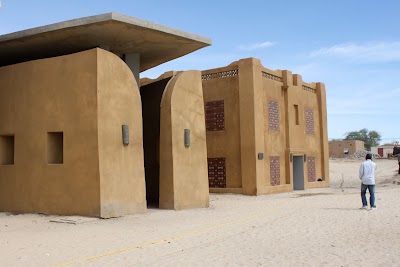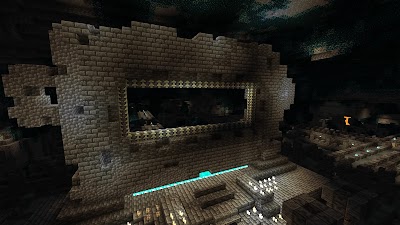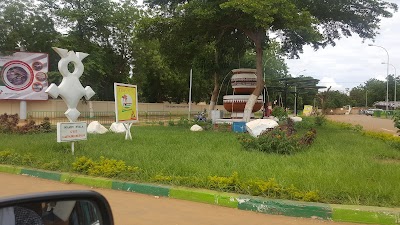Tanezrouft Basin (Bassin de Tanezrouft)
Overview
The Tanezrouft Basin, known locally as Tanezrouft-n-Ahenet, is a captivating geological formation nestled in the remote Taoudénit Region of Mali. This stunning yet harsh landscape represents one of the most inhospitable areas of the Sahara Desert, often referred to as the "Land of Thirst." The term Tanezrouft aptly translates to "desert" or "land without water" in the Tuareg language, reflecting its arid nature.
Stretching over approximately 500 kilometers, the basin showcases vast rocky expanses, towering sand dunes, and scattered salt flats. Formed millions of years ago through tectonic activity, Tanezrouft is a massive depression that was once a part of an extensive ancient seabed. As this body of water dried up, it left behind unique rock formations and sediment layers that continue to tell the story of our planet’s history. Over millennia, wind and weathering processes have sculpted the landscape, resulting in rugged rock outcrops and eroded plateaus that captivate the eye.
The geology of Tanezrouft-n-Ahenet is a testament to Earth's evolutionary timeline. It features ancient Precambrian basement rocks alongside younger sedimentary layers from the Paleozoic era. Fossils discovered within these sedimentary layers serve as evidence of life before the basin transformed into the arid expanse we see today. The presence of marine fossils offers a glimpse into a time when this region was covered by a vast prehistoric sea, rich in biodiversity.
Human history in the Tanezrouft Basin is equally fascinating. Despite its daunting conditions, nomadic tribes, particularly the Tuareg, have traversed this inhospitable territory for centuries. These resilient communities have adapted to the extreme environment, passing down invaluable knowledge of the land and survival skills through generations. Historically, the basin served as a vital route for trans-Saharan trade caravans transporting salt, gold, and other goods across the desert. The remnants of ancient trade routes and caravanserai—roadside inns for weary travelers—are scattered throughout the landscape, whispering tales of commerce and cultural exchange that once flourished in this desolate region.
The basin is renowned for its extreme climate. Daytime temperatures can soar above 40°C (104°F), while nights can bring an unexpected chill. Rainfall is scarce, with some areas going years without significant precipitation. This extreme aridity restricts the types of flora and fauna that can thrive, yet hardy desert plants like acacias and thorny shrubs manage to survive. Resilient wildlife, including fennec foxes, addax, and various reptiles and insects, have adapted remarkably to these harsh conditions.
In Tanezrouft-n-Ahenet, natural beauty and stark desolation harmoniously coexist. The sweeping sand dunes stretch endlessly into the horizon, creating an awe-inspiring sense of infinity. The interplay of light and shadow on the dunes during sunrise and sunset creates mesmerizing visual spectacles, making it a paradise for adventurous photographers and travelers seeking solitude amid the expansive Sahara.
In contemporary times, the basin remains largely unexplored and off the beaten path, which adds to its enigmatic allure. Ongoing research endeavors aim to understand this unique region, drawing the interest of scientists and geologists keen on its environmental conditions and historical significance. The basin's remote location and extreme climate also render it a valuable natural laboratory for studying climate change, desertification, and the survival strategies of flora and fauna in one of the world's harshest environments.
The story of the Tanezrouft Basin is one of geological wonders and human resilience. It stands as a testament to the dynamic history of our planet and the indomitable spirit of those who navigate its challenging terrain, preserving traditions and knowledge in one of the most unforgiving locations on Earth.









